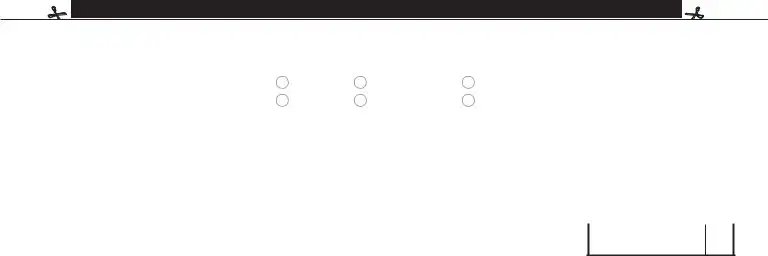The IRS Form 1040-ES, "Estimated Tax for Individuals," is similar to the Utah TC-559 form as it is used for making estimated tax payments. Like the TC-559, taxpayers use the 1040-ES to pay taxes on income that is not subject to withholding. This includes earnings from self-employment, interest, dividends, and rent. Both forms allow taxpayers to avoid underpayment penalties by calculating and paying estimated taxes quarterly. The significant similarity lies in the structure of these payments, designed to help taxpayers manage their tax liabilities throughout the year.
The IRS Form 7004, "Application for Automatic Extension of Time To File Certain Business Income Tax, Information, and Other Returns," parallels the extension payment feature of the Utah TC-559 form. Form 7004 is used by corporations, partnerships, and certain other entities to request an extension of time to file their tax returns. Similarly, the TC-559 form includes a section for extension payments, implying that by making a payment, the entity automatically qualifies for an extension to file their return without facing late-filing penalties.
Form 4868, "Application for Automatic Extension of Time to File U.S. Individual Income Tax Return," is another document related to the extension payment aspect of the TC-559. While Form 4868 serves individuals seeking an extension to file their income tax returns, the TC-559 caters to corporate and partnership entities. Both forms emphasize the necessity of making an appropriate payment toward the entity’s or individual’s estimated tax liability to secure the extension, thus avoiding penalties for late filing.
The IRS Form 1120-W, "Estimated Tax for Corporations," is closely related to the estimated tax payments portion of the Utah TC-559 form. Form 1120-W is designed for corporations to calculate and pay their estimated tax on a quarterly basis. This form is essential for corporations to comply with the IRS requirement to pay taxes as income is earned or received throughout the year. Both the 1120-W and the TC-559 assist corporations in determining the amount of estimated tax they should pay to avoid underpayment penalties.
The Schedule K-1 (Form 1065), "Partner's Share of Income, Deductions, Credits, etc.," is similar to sections of the TC-559 that deal with partnership tax obligations. While the Schedule K-1 is more about reporting each partner's share of the partnership's earnings and losses, it indirectly relates to making appropriate payments for those earnings. Partnerships, through using the TC-559, ensure they meet tax payment obligations on behalf of their partners, similar to how individual partners use K-1 information to meet their tax liabilities.
The IRS Form 8804, "Annual Return for Partnership Withholding Tax (Section 1446)," bears resemblance to the TC-559 form in the context of partnerships making payments. Form 8804 is used to report and pay withholding tax on income effectively connected to the United States that is allocable to foreign partners. The TC-559's functionality allows partnerships to handle their tax payment obligations, including estimated taxes and extension payments, showcasing the parallels in facilitating tax payments for partnerships.
Form 941, "Employer's Quarterly Federal Tax Return," while primarily for reporting payroll taxes, shares a quarterly payment structure with the Utah TC-559 form's estimated tax payment option. Businesses use Form 941 to report income taxes, Social Security tax, or Medicare tax withheld from employees' paychecks and pay the employer's portion of Social Security or Medicare tax. The similarity with the TC-659 lies in the periodic payment obligation, underscoring the importance of regular tax payments to avoid penalties and interest.
